The newspaper industry is a dying model. And nothing shows quite how dated ol’ “ink-and-paper” can be than the old strips that adorn the comics page. Now shrunk down to the point of being nearly unreadable, most newspaper comics are decades-old relics that rely on the same family-friendly jokes. Unlike great strips like Calvin and Hobbes and The Far Side, the creators didn’t know when to retire. The authors are either very old and stopped making new humor years ago, or else second and third generation family members, milking their ancestor’s creations until the last drop of ink runs dry.
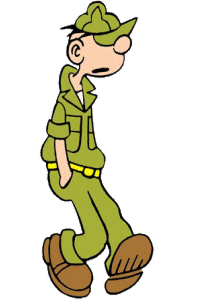
We’re looking at you, Beetle Bailey!
While comic books and graphic have risen to the level of serious art due to the work of great artists like Will Eisner, Alan Moore and Frank Miller, newspaper comic strips have been largely ignored. Despite their ubiquity, academia has spent little time giving them serious critique that could renew and boost the art form. But thanks to the internet and the artists/huge jerks the medium fosters, this dying art is receiving plenty of criticism, parody and snarky commentary.
1.
Dysfunctional Family Circus/ The Other Family
The Family Circus first premiered 1960 and presents a saccharine sweet family more at home in the biased imagination of senile seniors than in the real world. Fifty years later, the comic continues presenting a series of children’s malapropisms and puns that come off more creepy than cute, as well as a stubborn refusal to drop the awkward “The” from the title.
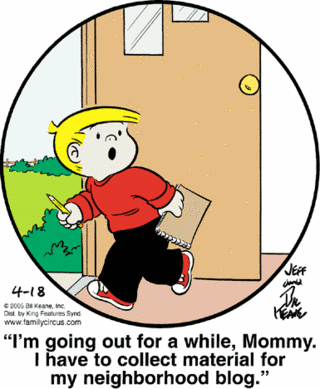
graceful aging, humor.
Bill Keane might have gotten off the culture train before the social revolutions of the late 1960s, but that doesn’t mean his readers have too. The squeaky clean image and placement of dialogue below the circular frame allows for easy parody of the strip. One of the earliest web parodies was the Dysfunctional Family Circus. The parody replaced dialogue, turning innocent scenes into sick jokes about death, sex, scatology and existentialism.
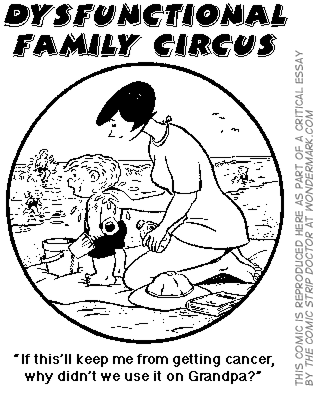
Not your father’s long-running comic strip with oppressive Christian themes.
The Dysfunctional Family Circus was taken down after a cease and desist letter from Bill Keane. Currently, another parody, The Other Family, has taken up the gross out humor of The Dysfunctional Family Circus. Note to our readers shirking their paid work: we did say “gross out humor”.
Not all Family Circus parodies rely solely on perverted humor to get a laugh. The Nameless Dread is another Family Circus parody that combines the dark gothic literature of H.P. Lovecraft with the comic. The juxtaposition of the darkly written passages with oddly appropriate imagery creates a new way of looking at the artwork of the Family Circus. Like The Dysfunctional Family Circus, the original Livejournal webpage was taken down after a cease and desist letter was sent.
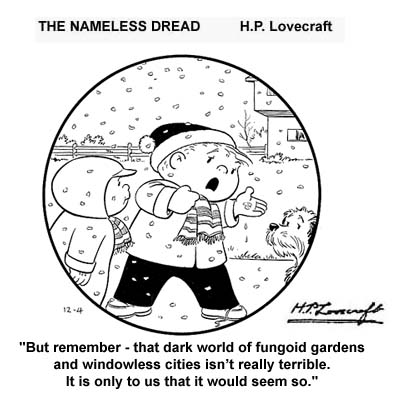
2.
Garfield Randomizer
Jim Davis, creator of the Garfield comic strip, is often criticized as a sell out for the extensive licensing of his Garfield products and reusing the same jokes over and over while hiring others to actually churn out the comic for him. The last original idea, showing up around October 1989, has Garfield waking up to find he’s alone and the house is abandoned. Several fans speculated this represented the death of Garfield.
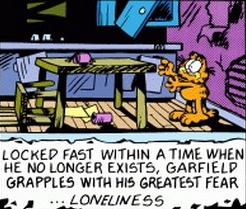
This would be creepy, if only we cared even a little.
At the very least, it was the death of Davis’s creativity. Since that time he’s been phoning it in, running the same lasagna and “I hate Monday jokes”, probably picked by a random spin of a joke wheel.
The repetition has sparked people to look for new ways to enjoy the strip. One popular method is the Garfield Randomizer. The Garfield Randomizer is a database of panels that are shuffled into one strip. The outcomes are strips that may be strange and incomprehensible, but occasionally produce results more profound than anything you’d find in the newspaper.








